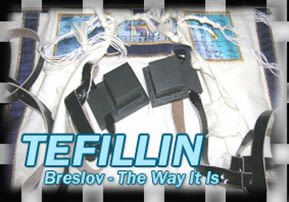
Tefillin – Breslov The Way It Is, Part 1
Rabbi Gedaliah Kenig preferred that the sofer not use the new "peh." He felt that the words of the Mishnah Berurah on this inyan are commonly misunderstood...

Le‘ilui nishmat Leib ben Yitzchak Ya’akov Sears, a”h – Yartzeit: 30 Shevat, Rosh Chodesh Adar
Le’ilui nishmat Yosef ben Shmuel Zeitlin, a”h Yartzeit: 18 Menachem Av
We continue with our new series of minhagim and hanhagot tovot of Breslov. We invite you to peruse our previous entries by accessing our archives.
Tefillin (continued)
Rebbe Nachman also urged his Chassidim to buy the finest Tefillin, written by a truly pious scribe (Chayei Moharan 511).
* * *
Rabbi Gedaliah Kenig’s customs regarding Tefillin include: they should be written in ktav ARI (as should Sifrei Torah and Mezuzot); and the chatimot u-setumot (closed and open passages) should reflect the shittah of the RaMBaM, not the TaZ, etc. (Most Ukrainian and Russian Chassidim follow the shittah of the RaMBaM, while most Galitzianer and Hungarian Chassidim follow that of the TaZ. Sefardim also follow the shittah of the RaMBaM.) (The details of ktav ARI are presented in Even ha-Shoham I, Hil. Tefillin 36, citing Sha’ar ha-Kavannot, Sha’ar Ma’amarei RaSHBY, and Pri Eitz Chaim. As for the issue of chatimot u-setumot, see Shulchan Aruch, Orach Chaim 32:36; Shulchan Arukh ha-Rav, ad loc. 32:50-53; Mishneh Torah, Hil. Tefillin 2:2; ibid. Hil. Sefer Torah 8:1-2. The shittot of the RaMBaM and the Rosh disqualify one another; therefore, the TaZ attempts to reconcile them. However, the Baal ha-Tanya questions if the shittah of the TaZ would be valid according to either Rishon, even bi di’eved; see Shulchan Arukh ha-Rav, op cit. 32:52, end.)
* * *
Rabbi Gedaliah Kenig preferred that the sofer not use the new “peh.” He felt that the words of the Mishnah Berurah on this inyan are commonly misunderstood. (See Mishnah Berurah, Orach Chaim 36: Mishnat Sofrim, “tzurat peh kifufah.” This only suggests that the new peh be used if the sofer has difficulty writing the traditional peh, in which the white space inside the letter looks like a beit.)
* * *
Rabbi Avraham Sternhartz’s son, Rabbi Nosson Sternhartz, owned parshiyot that had been written by his paternal grandfather, Rabbi Naftoli Hertz Sternhartz, also known as “Reb Hertz Sofer” or “Reb Hertzkeh Sofer.” These parshiyot were much sought after and were prized by all who possessed them. Rabbi Nachman Burshteyn (who was also a sofer during his younger years) saw them, and recalled that the pehs were written very precisely, with the shape of the letter beit inside sharply delineated (heard from Rabbi Nachman Burshteyn).
* * *
Rabbi Aharon Berlin examined the Rabbenu Tam’s Tefillin of Rabbi Moshe Groman, a well-known Breslover of the previous generation. Rabbi Hertzkeh Sofer had written his parshiyot. Rabbi Berlin attested that aside from their beauty, there was nothing unusual about Reb Hertzkeh’s parshiyot. The chatimot u-setumot followed the opinion of the Rambam, not the TAZ, as was common in that region; and the ktav was ktav ARI.
* * *
Rabbi Aharon Berlin said that he never heard any special Breslover mesorah concerning Tefillin, parshiyiot, or other inyanei safrut.
* * *
However, Rabbi Meir Kipnis heard that in Breslover communities in the Ukraine, there was an inyan that the chatimot u-setumot follow the view of the RAMBAM, not that of the TAZ.
* * *
Rabbi Gedaliah Kenig wanted the sofer to write the four letters of the Shem Havayah according to the instructions of the ARI zal (Rabbi Chaim Vital, Sha’ar Ma’amarei RaSHBY, Vayikra, 35a, citing Zohar III, 11b; Rabbi Noson Spira, Matz’at Shemurim, Hil. Tefillin, Seder Ketivat Shem HaVaYaH. This inyan is also discussed at length in Rabbi Yitzchak Benzikri’s Kedushat Yitzchok).
* * *
A craftsman who made Tefillin batim once complained to Rabbi Gedaliah Kenig that certain customers demanded that the edges of the batim be perfectly sharp. Rabbi Gedaliah Kenig exclaimed, “Do they think that their batim are supposed to be as sharp as horns? If so, there is no end to the matter. One who is obsessed with perfection will always be unhappy, and he will make everyone else unhappy, too. However, the Torah says of the mitzvot ‘chai bahem’ − we are supposed to rejoice in the mitzvot, especially the mitzvah of Tefillin!” (Cf. Likkutei Moharan II, 44, concerning excessive stringencies).
* * *
The kesher shel rosh should be a double-dalet, which was the prevailing custom in the Ukraine. That is, the knot should look like a square, or a mem setuma with no space in the middle. Rabbi Gedaliah Kenig stated: “If Rabbi Avraham Sternhartz wore this kesher, we may assume that Reb Nosson wore it, too.” (The kesher of the tefilah shel rosh represents the ohr makif in relation to the lower aspect of Malkhut, which is bound up with the tefilah shel yad. Concerning the kabbalistic meaning of the mem setuma, see Zohar, Acharei, p. 66, with Mikdash Melekh; also Rabbi Moshe Cordovero’s commentary Ohr Yakar, ad loc., siman 12, krakh 13, p. 49; Pardes Rimonim, Sha’ar ha-Oti’ot, Sha’ar 27, sec. 16. Rabbi Immanuel Chai Ricci, Mishnas Chassidim, Tikkun Tefillin 14:3, states that this kesher should be made “in the form of a double-dalet, which is a mem setuma.” Additionally, Rabbi Noson Spira, Matz”at Shemurim, Hil. Tefillin, Ta’am Sheini shel Tefilah de-Rosh, s.v. matzasi katuv me-ha-chakham Lunzano… attests that the disciples of the ARI zal wore such a kesher. He also cites Zohar, Pinchas, 251a, which explicitly states that the kesher should be a double-dalet. However, the mechaber rules in Shulchan Arukh, Orach Chaim 32:52, that the kesher of the tefilah shel rosh should be a single dalet. This is the prevailing view in both Lithuanian and Sefardic communities today. It is also the minhag of Chabad.)
* * *
Rabbi Levi Yitzchak Bender also wore the tefillah shel rosh with a mem setuma (heard from Rabbi Avraham Moshe Wasilski).
* * *
Rabbi Zvi Yosef Wasilski, founder of the Breslover kehillah in Williamsburg, wore the mem setuma. However, he originally did so because this is the minhag ha-GRA, which was his family’s custom (heard from Rabbi Avraham Moshe Wasilski)
* * *
Rabbi Dovid Shapiro heard from Rabbi Gedaliah Kenig that there are two ways of making the “mem,” and only one is correct. It may be recognized from the reverse side (where the retzu’a appears as two more or less parallel lines). He also said that this mem was Rebbe Nachman’s minhag, as well as the minhag of all Breslover Chassidim who came to Eretz Yisrael from Russia, until a certain Chassid in Yerushalayim convinced them to change their custom. (The method of tying this kesher is presented in Ta’amei ha-Minhagim, Kuntres Tziyurim le-Limud, p. 614. Rav Tiah Weil, son of the Korban Netanel, states in his Teshuvot that the mem setuma was the only minhag Ashkenaz until “chodoshim me-korov bo’u,” and started making a single dalet. He adds that the kesher of the mem setuma was the minhag of both his father and his rebbe, Rav Yonasan Eibschutz.)
To be continued…
(With permission from The Breslov Center for Spirituality and Inner Growth http://www.nachalnovea.com)





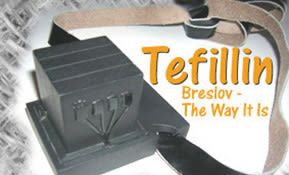


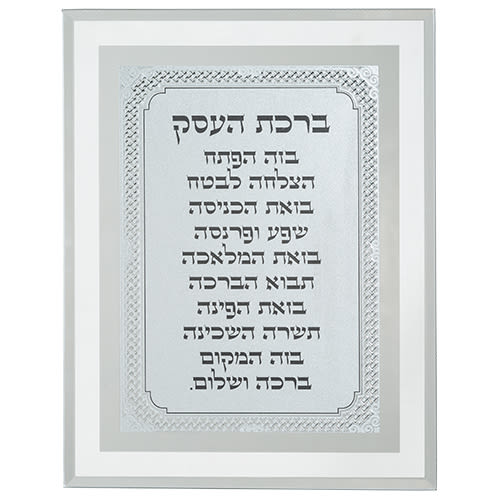
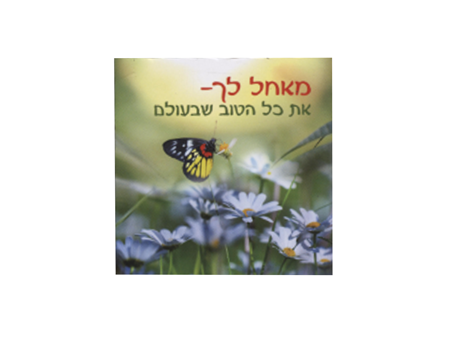
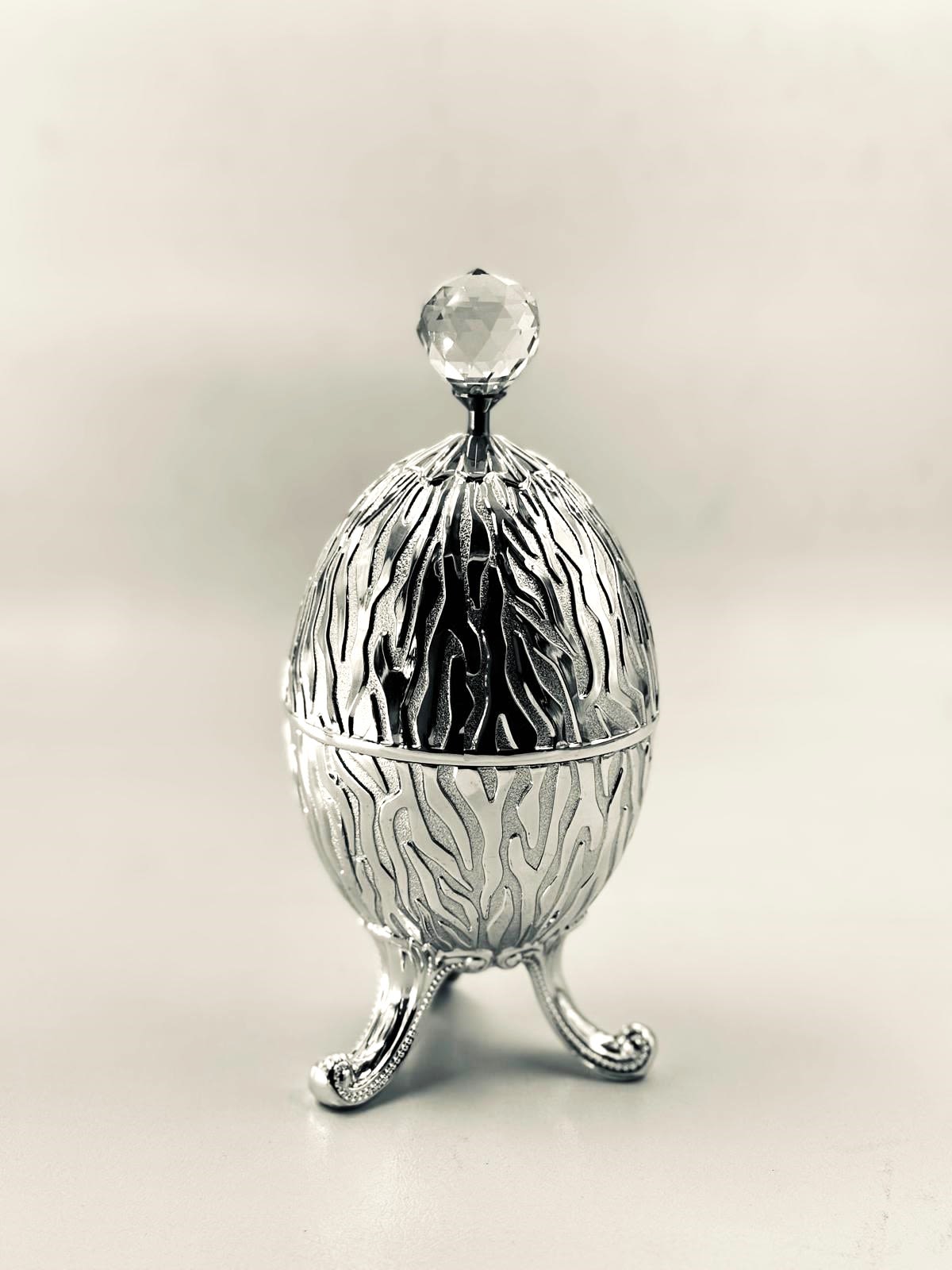


7/17/2009
Wasilski 1. Rabbi Wasilski’s name was Zvi Yosef and not Yosef Zvi as quoted in the above article.
2. Also, in a related article describing RAbbi Wasilski it mentioned that he was menahel of evening classes since 1959. Actually it was since 1949.
These should be corrected for accuracy.
Thank you.
7/17/2009
1. Rabbi Wasilski’s name was Zvi Yosef and not Yosef Zvi as quoted in the above article.
2. Also, in a related article describing RAbbi Wasilski it mentioned that he was menahel of evening classes since 1959. Actually it was since 1949.
These should be corrected for accuracy.
Thank you.